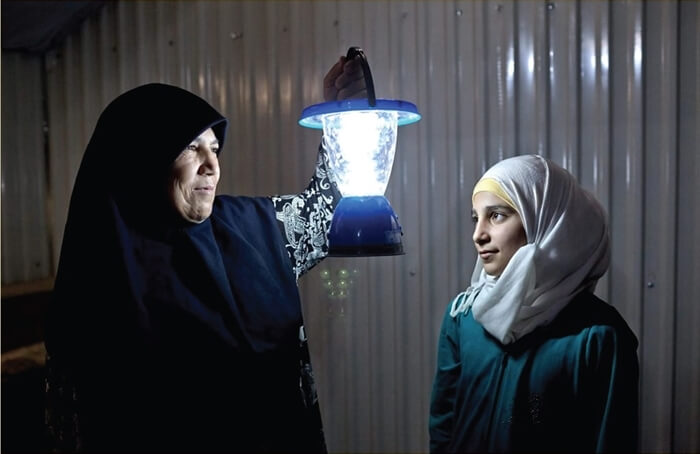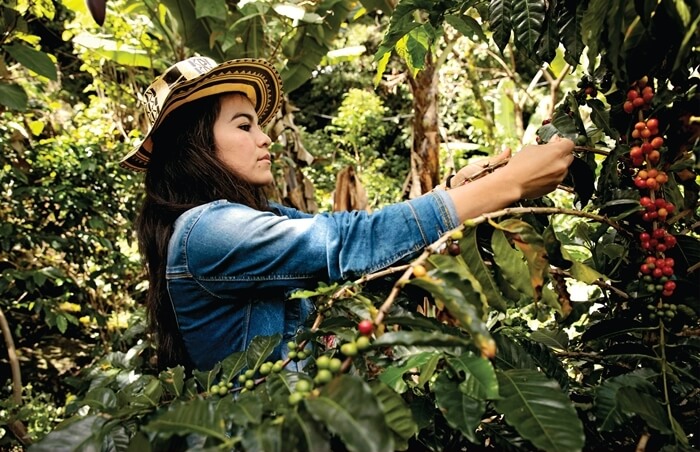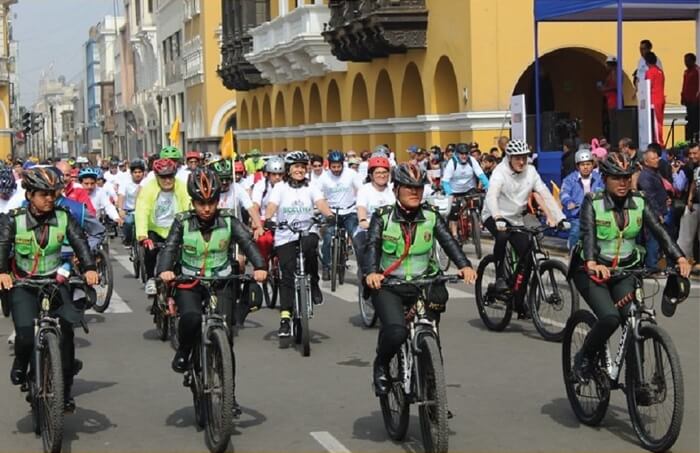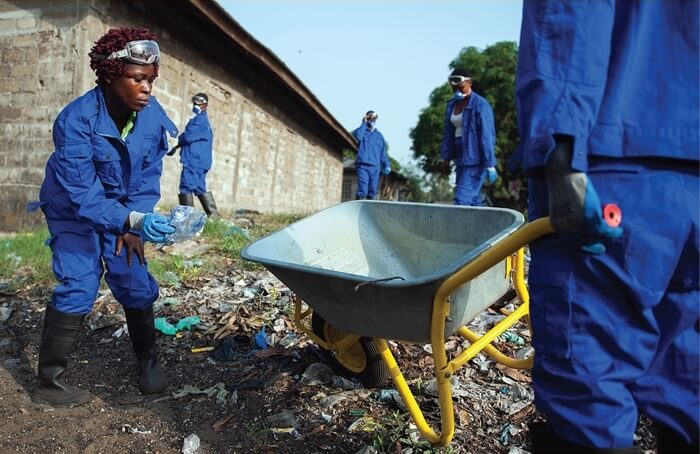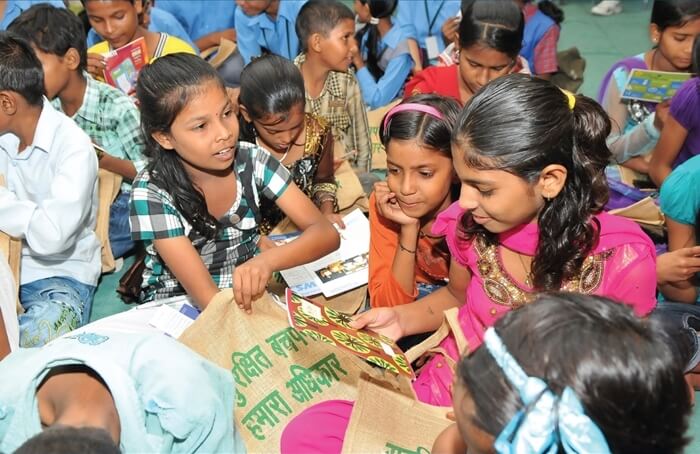I am very excited to share with you my passion for supporting entrepreneurship and sustainable development. Our newsletter aims to demonstrate that remote, rural and island regions can be creative hubs for innovation on this increasingly urbanised planet, where isolated regions are often portrayed as bystanders to global progress. When these regions are covered by mainstream media it is often as victims: decimated by climate change, emigration, unemployment and a lack of creative solutions.
Though the collection of stories that are changing the way we think about remote, rural and island regions, I want to demonstrate the spectrum of innovation from technology to the arts. By bringing together globally disparate places and highlighting commonalities, we can all contribute to a change in the discourse on “peripherality”.
This form will draw from a broad range of remote, rural and island regions that at first glance may seem like they have little in common, but can benefit from sharing knowledge and solutions. There are similar trends happening worldwide, such as programs to reduce the use of plastics in Shetland, the Bahamas and Mauritius. A smart agriculture project in Saint Lucia is demonstrating that sustainable local food production can be invigorated – an awakening happening from Puerto Rico to Papua New Guinea.
This publication will strike a balance of acknowledging and dealing with critical problems while emphasizing the resourcefulness of isolated communities. The Core-Periphery Model dictates that people, knowledge and power gravitate towards large urban centres, leaving behind an empty ‘hinterland’ (a theory that can be applied both globally and within countries). But who defines “isolation”? Most islanders feel that they live at the centre of the world.
By nature and necessity, islanders must be resourceful due to a lack of accessible alternatives. These “creative constraints” are an advantage for innovation – forcing people to use the assets that they have at their disposal and acquire a multiplicity of skills. This is why so many small communities have a far larger arts and business scene than their population would suggest – often reflective of their strong social and cultural capital. Communities may even choose to remain on the smallest and most extremely located islands because it provides a comparative advantage for accessing resources.
“Resilience” is the current buzzword in development circles, but is commonly an externally-driven narrative. Will an influx of crypto-millionaires help Puerto Rico? Maybe not. But restoring the tourism industry and building back local entrepreneurship? That could be much more impactful. Locally-driven innovation can be extremely effective in supporting local entrepreneurs from the Dutch Caribbean to West Virginia (I know it’s not an island but a remote and rural area worth talking about!).
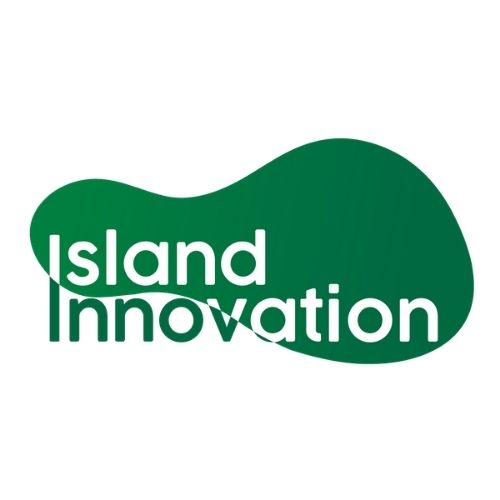
Island Innovation is a social enterprise and digital media company at the intersection of sustainable development and communications, offering specialised services across various sectors. We bring together the private sector, government, utilities, NGOs and universities to advance innovation for sustainability and prosperity in islands worldwide.

